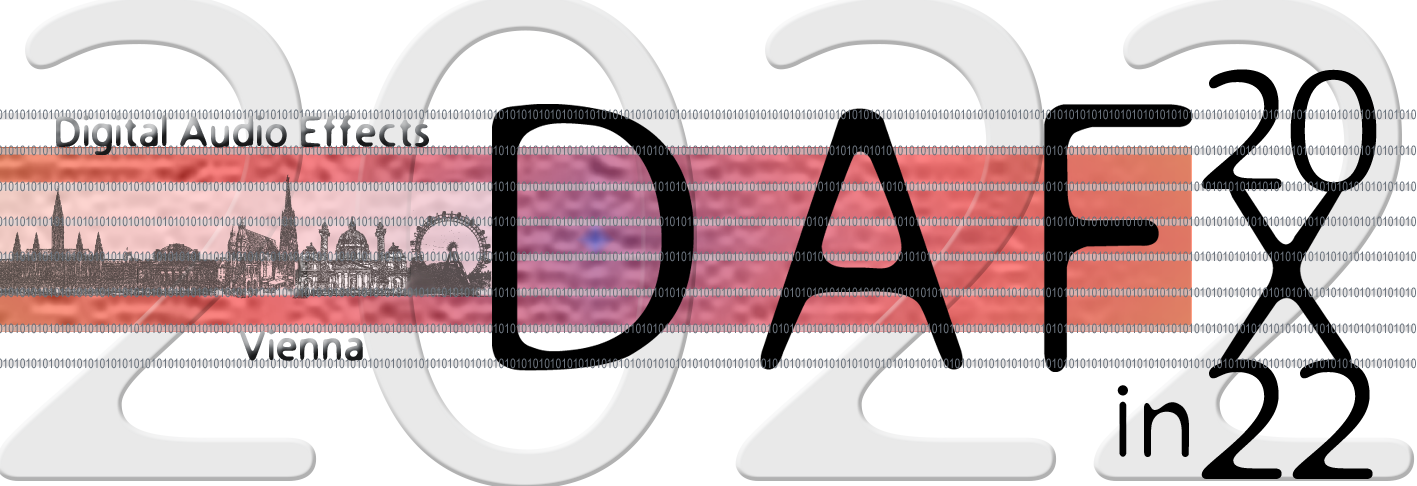

Dark Velvet Noise
Jon Fagerström, Nils Meyer-Kahlen, Sebastian J. Schlecht and Vesa Välimäki
Companion page for the paper "Dark Velvet Noise" published in DAFx2022, Vienna, Austria.
The published paper can be accessed here.
Abstract
This paper proposes dark velvet noise (DVN) as an extension of the original velvet noise with a lowpass spectrum. The lowpass spectrum is achieved by allowing each pulse in the sparse sequence to have a randomized pulse width. The cutoff frequency is controlled by the density of the sequence. The modulated pulse width can be implemented efficiently utilizing a discrete set of recursive running-sum filters, one for each unique pulse width. DVN may be used in reverberation algorithms. Typical room reverberation has a frequency-dependent decay, where the high frequencies decay faster than the low frequencies. By lowering the density and increasing the pulse width of DVN in time, a similar effect is achieved thereby making the DVN suitable for artificial reverberation.
Comparison of DVN and FVN
Dark velvet noise (DVN) and filtered velvet noise (FVN) sound examples. The FVN sequences were generated using linear prediction (LP) of order N=10 on the DVN sequence. Filtering velvet noise with the inverse filter gives the FVN the same spectral characteristic as the DVN sequence.